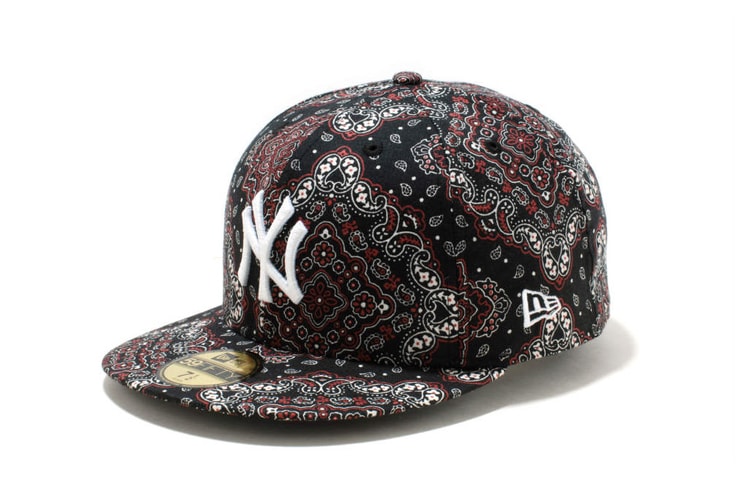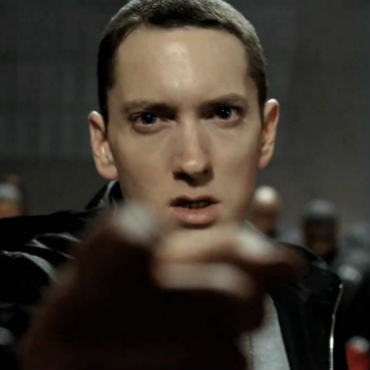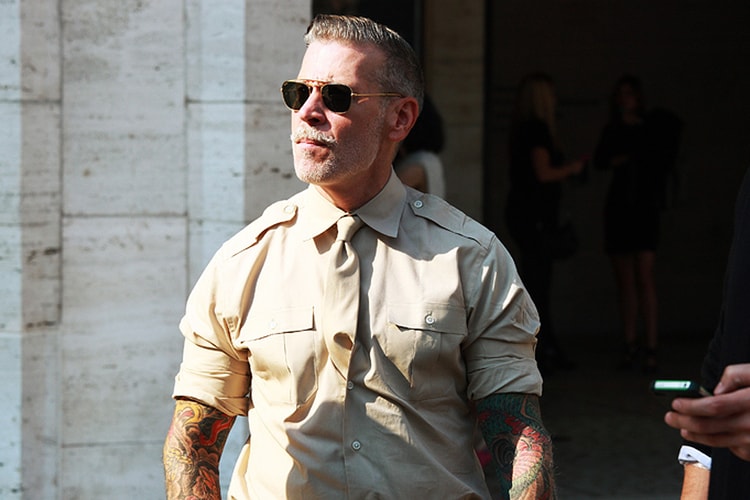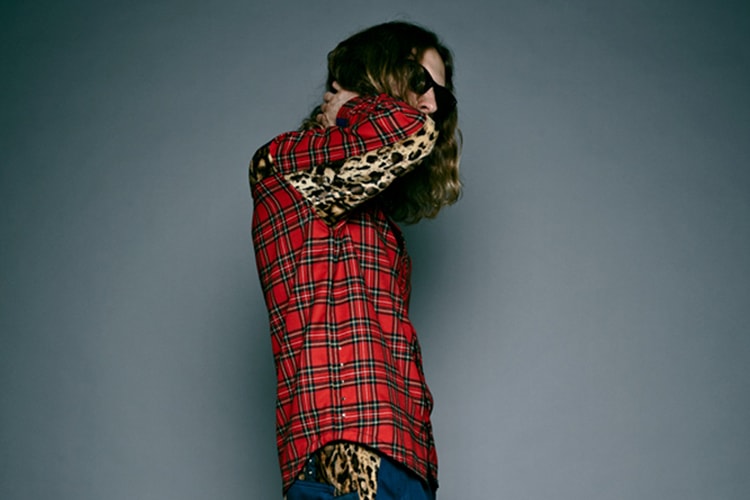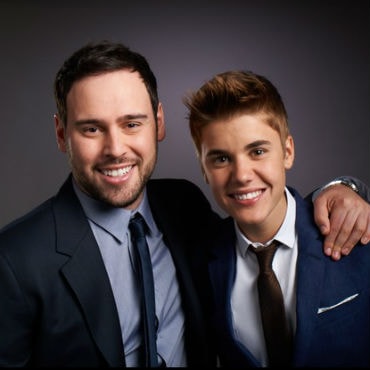Glenn O'Brien: A Lot Seen
We recently sat down with Glenn O’Brien at his breathtaking downtown New York apartment for a

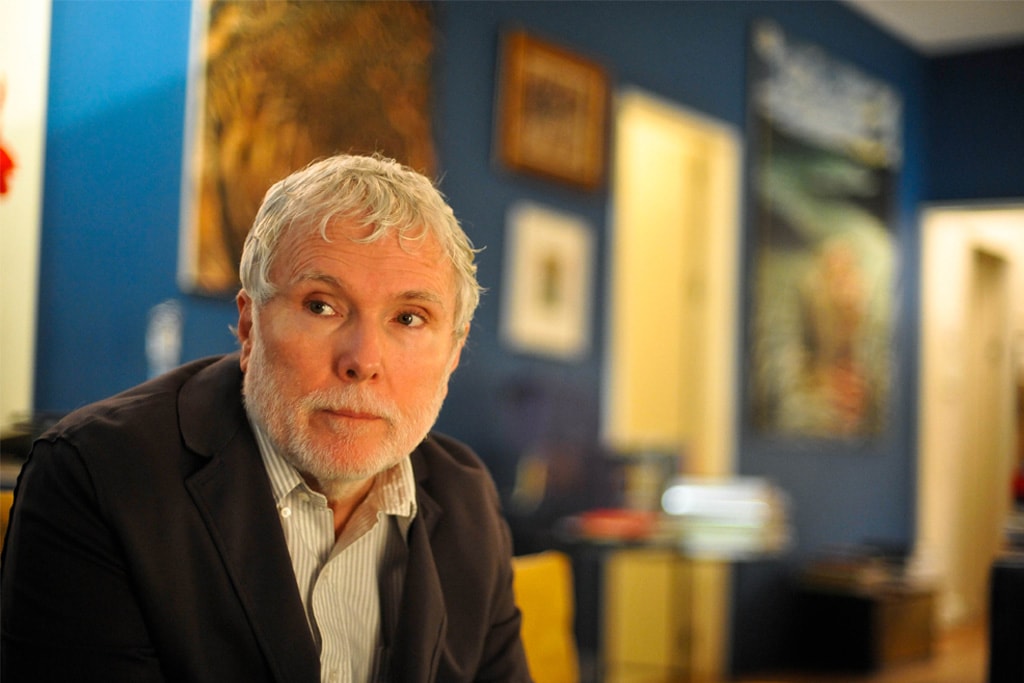

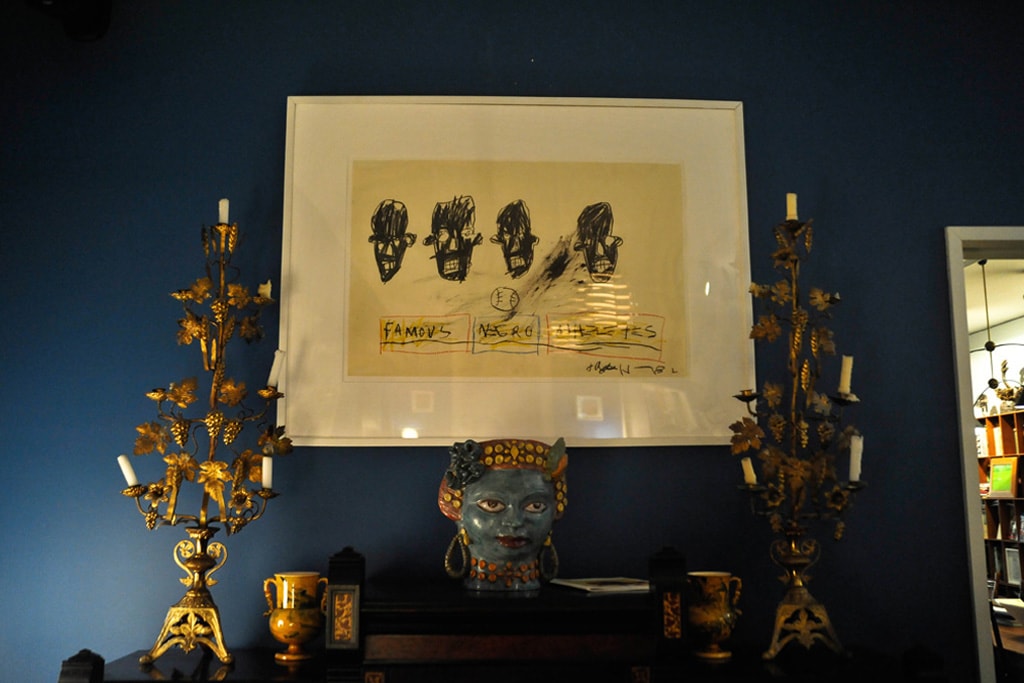
We recently sat down with Glenn O’Brien at his breathtaking downtown New York apartment for a thoroughly comprehensive interview regarding one of fashion’s seminal figures. While most know him for his work as a fashion writer, his career has seen a much broader horizon of fields, ranging from TV host to commercial writer. Recently Glenn has written a series of commercials for fashion houses Dior and Dolce & Gabbana, including a new three-minute spot which he collaborated on with photographer Steven Meisel. In our interview, he discusses his rich and fascinating career, and also offers up words of wisdom on the status quo of fashion, music, the internet, and society as a whole. You can read the interview in its entirety below.
In your view, what are the keys to being successful in any sort of business?
For me the main thing is sort of being true to yourself and doing what you like, instead of trying to second guess what a client wants. I always approach a commercial job like it’s an art thing. My basic idea was that the only difference between a great advertisement and art is that an ad has a logo on it. You can entertain, you can be funny, you can make a statement. But really it’s about pleasing yourself first.
Looking back, is that something you always had in you? As in you always knew that you were going to do what was true to you and what you thought was interesting?
I think so. I came out of just being a writer and I kind of fell into advertising. So I figured what made them want to work with me was just the way I write. And it worked out, I mean, it was successful so it kept going.
Our audience probably knows Glenn O’Brien as either the “GQ Style Guy” or “that guy who wrote the intro to my Supreme book.” But really your career began nearly 40 years ago at Andy Warhol’s The Factory. From a business standpoint, did you take away any valuable lessons from that environment which you carry with you today?
Well, when I started doing commercial stuff I was best known for writing a column in [Andy Warhol's] Interview [Magazine] known as “Glenn O’Brien’s Beat.” I was covering the music scene, writing you know, whatever I was thinking about at the time. But that was my biggest audience and so I developed a style and I think my style kind of went into the advertising I did. Most of the stuff that I did for Barneys was sort of my first showcase and a lot of it was humorous.
I’ve seen before that you describe Andy as a workaholic. You even said that he considered being at parties work. Do you think you picked up on any of that work addiction, and as a second question do you think being a workaholic can be a good thing?
Well that’s what he really liked to do was work. I don’t really think I picked it up from him but I think seeing how he functioned made me feel good about the way I functioned. Essentially I think I became a writer to amuse myself.
You mean like even when you were a kid?
Yeah. I mean like I started writing a novel when I was 11. I didn’t finish it…it was called Fort Apache. But yeah, I like to write and so it’s great if you can do a job that you enjoy. That’s the best thing if your job is something you like.
After you were at Interview, you became the “Editor-at-Large” for High Times. Was that the first time you were really the one in charge of a business of that size?
No, actually I was the Editor of Interview. I was the Editor and the Art Director and I was basically the boss. I mean Andy was my boss but he gave us a real free hand so he would [only] see the magazine when it came out. Sometimes he would suggest I do something but I had a lot of responsibility. From there I went to Rolling Stone where I was sort of the New York office because they were still in San Francisco at the time. Then I went to work for Playboy in Chicago, which I didn’t like, living in Chicago. And then I went to High Times. I started out as the articles Editor, and then the guy who owned the magazine basically went nuts and so they said, “We want you to be the Editor-in-Chief.” And I said, “I don’t want to be the Editor-in-Chief. You couldn’t pay me enough.” And they said, “Well how about…” and they named a figure and I said “OK, I’ll do it.”
And that’s when you also told them you wanted to sort of flow in and out and not be there all the time?
No that came later. I did it for like a couple months. But I felt like my phone was tapped and so I told them I’d do the work, but I just didn’t want to come to the office anymore. So that’s when I became “Editor-at-Large.”
As an aside, do you take credit for that term, “Editor-at-Large”? One sees it all the time now, and I actually didn’t know its origin was you.
As far as I know, I was the first one. Maybe someday I’ll find out somebody was doing that in 1935. At Spin [Magazine] I was the “Tri-State Editor” which I thought was pretty funny. I used to say that it was like being asleep, being awake, and being high.
You spent a lot of your earlier days in the “punk” and art scenes. You then decided to take your talents to fashion, becoming Creative Director of Advertising at Barneys New York. It seems you went from doing all these things that would be considered “underground” to making corporate advertisements. Can you attribute this creative shift from ‘underground’ to commercial to any one thing or was it something you had planned on?
Nothing I ever did was what I planned. I think my life is a complete illustration of what happens to you while you’re making other plans. I was basically recruited by Barneys. A friend of mine was the Art Director there and they were making a TV commercial and they weren’t happy so she asked me if I would consider doing it. I said “yeah that’s great” and they really liked it so they asked if I would do their print work. I never imagined making that kind of money before so I was delighted, but I kind of just fell into it. See I think what happened was the ‘underground’ was sort of absorbed by the ‘overground.’ I don’t think we really have that so much. What’s underground now, like Ad Busters, Occupy? I don’t know. Everything kind of melted together.
I would probably say the underground can penetrate the overground a lot easier now. Like Occupy can use social media to be on the same playing field as those who have millions of dollars to push their agenda.
Yeah which is the greatest thing ever I think, because really underground is just another way of saying “unsuccessful”. So we had like underground magazines and underground newspapers but all that really meant was we were under the radar of the more established ones. And that’s sort of your training ground [as an artist].
But I don’t think anyone would consider your ‘underground’ show [TV Party] unsuccessful. I don’t know if it was financially successful but…
No I still haven’t made a dime from that. I was actually just talking to my lawyer about that. But yeah it was a success.
Fast forward to present day. While you have a monthly column in GQ, your other projects include writing commercials for Dior and Dolce & Gabbana. How did this work start, how is different, and did you find the transition challenging as opposed to other work you had done?
The first commercials I did were for Barneys. The greatest ones I did were with Jean Phillipe Delhomme, who illustrates my column in GQ now. So we did animation when Barneys was opening up in Los Angeles. We did a series of animated spots that were really fun. But then around the same time I started working for Calvin Klein, and I worked on basically all of the commercials. And that was fun because with fashion I was basically always collaborating with a fashion photographer, so it was kind of like I was the words department and they were the image department, which is kind of a fun way to work. And I still do that now. I just did one with Steven Meisel and a lot what I do is with Jean Baptiste Mondino, who is a very good friend of mine and is really fun to work with.
Speaking of Steven Meisel, was the last time you worked with him on the notorious Sex book by Madonna [which you were an editor on]? Or do you guys always sort of do little projects together?
No. I actually just worked with him in January or February. But before that I probably hadn’t worked with him for several years. I’d work with him on some Calvin Klein stuff. We did the original CK1 stuff which is pretty great. They’re on YouTube and Vimeo.
So what was it like getting back together with Steven on a new project for Dior?
It was sort of like just picking right up where we left off.
When you’re writing these commercials, do you have a formula? They all seem to be highly intelligent and better than most of the run-of-the-mill fragrance or fashion commercials. Or do you basically see for example that you’re working with Matthew McConaughey, and so you know what you’d like to see him do in one of these commercials.
I think it a lot of the time it comes out of the casting, yeah. But sometimes it starts with an idea. Like when I did the J’Adore commercials with Charlize Theron and she’s throwing down her jewelry. That was actually Jean Baptiste’s idea, because he said, “I’m so sick of luxury. Let’s do something that’s anti-luxury.” You know like [typically in these] gold is cold, diamonds are dead and a limousine is a car. We were sort of making fun of this conspicuous consumption idea, biting the hand that feeds us.
How do you attempt to differentiate your work from the average fragrance commercial? Or do you just think you in general have a unique writing style that comes through?
No, I think it’s that a lot of advertising is bullshit. It’s trying to be romantic and have sort of a phony mood. I’d like to be sort of realistic I guess. We did a really fun Calvin commercial for underwear. I did it with Wayne Maser, and it was like a satire on Home Shopping Network. It was Antonio Sabato, Jr. and we put him on a Lazy Susan so he was like in his underwear rotating and we had people calling in like they do on Home Shopping Network. It was really funny.
In this realm, who is a favorite actor/director/creative you got to work with?
Well I love working with Mondino as a director and then I loved working with Charlize Theron and Scarlett Johansson, who are both really really nice and smart. With Scarlett on the last one we did, we did one take and I was like, “OK. We’re done. That’s it. Let’s wrap it!” because she just got it so perfectly on the first take. We actually ended up doing about 15 after that but the first one was good.
What new ones do you have coming out that you would like people to know about?
I did a three-and-a-half minute commercial with Steven [Meisel] for Dior Jewelry which hasn’t come out yet. That’s coming in the next couple of weeks. It will probably be online…I don’t know if they’re going to make a 30-second commercial out of it but it’s with Raquel Zimmerman, who’s gorgeous. She wasn’t bad to work with either.
Getting back to some of your earlier work, from a business standpoint, what did you learn from writing, crafting and producing your film Downtown 81 [starring Jean-Michel Basquiat], which was shot in the early 1980s but wasn’t released until 2000?
Boy that was a tough one. What I learned was it’s really hard to make money on an independent film, and it’s really important to have a really good lawyer you get along with.
I can’t even imagine the challenges you must have faced, considering the film starred someone of the stature of Jean-Michel.
Well he had no stature when we first made the film…but if he hadn’t been in it, it never would have come out. But that was a strange project because we got the money from a European company. It didn’t come out at the time for reasons that had absolutely nothing to do with us. They were having problems and so it was just shut down and there was nothing we could do about it. Eventually I got the rights back, almost 20 years later.
It is safe to say there has been exponential growth in purely the amount of voices present in fashion since the beginning of your career. Whose career paths do you admire most in this world today? For example a lot of people like Nick Wooster because he has been able to utilize Tumblr and other social media platforms to build his image.
I like Nick. I was horrified when he lost his job [as Men's Fashion Director for Neiman Marcus].
Is there anyone else say on Twitter that you think has really made a name for themselves using the platform?
Well that’s like The Man Repeller, Leandra Medine. She’s a blogger but she’s like a teenager. Her whole thing is that like women only dress for other women and not for guys. So her whole concept is like being a man repeller, wearing things that girls will love but guys will never understand. She does a really good job, she’s very funny.
A lot of our readers are fans of Tyler, the Creator, someone you recently shared a story with in GQ due to your shared interest in Supreme. Having been a part of the underground music scene in the 1980s, what are your thoughts on the way musicians like Tyler have utilized the internet to ascend to fame?
Yeah it’s great. I think the internet is the greatest thing that ever happened in terms of creativity. Because it used to be that you kind of had to beat your head against the wall, so if you wanted to do something different it was really hard to break through. Still the literary establishment and I are not connected at all. My agent thinks it really funny. She thinks I’m a good writer but she realizes that there’s a disconnect between me and that world. I feel ghettoized a little bit.
Do you think that maybe the challenge today is simply “being different” because there’s so much out there?
Well I never had any ambition to be a novelist. I always liked being an essayist. But there’s no gigs for essayists. I have an essay about this in my book Soapbox. When I was doing ‘The Beat’ column [my editor] said, “You’re the best music writer that there is.” And I said, “I don’t want to be a music writer! I just want to be a writer.” And now it’s like I’m a fashion writer but I never tried to be that. I would rather just be a generalist. I’m actually writing a political book now. I’m going to come out of the closet as a political writer.
Speaking about your writing, your book How To Be A Man is a wonderful guide for the modern man searching for success. Is being commercially successful important to being a man?
I think not being under financial duress is important. Money was never my goal but struggling is tough because there were a lot of times when I really had no money at all. So I was happy that I was able to make money without feeling like I was prostituting myself.
So you mean as long as you can put food on the table then that’s what’s important. It doesn’t necessarily mean you have to buy your family the most lavish gifts in the world but as long as you guys are not living in the street then you’re doing a pretty good job about being a man.
I do believe in building up some personal wealth because I think there is a lot of this anti-family feeling around now. Someone just wrote a book saying that in the future everyone is going to be single. But I think it’s good to provide for your family. It gives your kids opportunities. Of course then you get spoiled kids but you know…
If you told the kid hosting TV Party that in 30 years he’d be writing fragrance commercials, living in Connecticut, and giving style advice to thousands of GQ readers, what would he say? What words of wisdom would you offer him?
“OK.” [pause] No the difference about the TV Party days is that everyone looked great. The main difference was that there was no such thing as designer clothes. So I think the whole branding thing is sort of a recent phenomenon. I think that I would have been surprised [by that]. It’s a little bit like ‘Sleeper,’ you know? I wouldn’t have anticipated that. Do you know Veblen? He wrote at the end of the 19th century about “The Theory of The Leisure Class.” He invented the terms ‘conspicuous consumption’ and ‘conspicuous waste.’ I think we’ve reached the pinnacle of conspicuous consumption. To me the epitome of conspicuous waste is like nightclubs where you spend a thousand dollars for a bottle of vodka. To me that’s insane. But what [Veblen] was saying is that with the decline of aristocracy and the emergence of democracy that is where it was gonna go. It was really prophetic. So now things that would have been perceived as incredibly vulgar are the norm. Like clothes that have labels on the outside. I remember the first time I saw that I was so shocked. I saw a coat with a big ‘YSL’ and I was like, “My God!” I guess I’ve gotten used to it.
Well speaking of conspicuous waste, I find it interesting that if you look back, design was created with the intention of being used and then thrown out. That to me sort of seems directly at odds with things like sustainability that we have today.
Well you know like the early light bulbs…basically there’s a light bulb somewhere that’s been burning for a hundred years. But they decided that to create jobs they had to make things that would wear out. It’s really insane. They followed the lead of fashion. They took fashion and applied it to other things. I always get in trouble when I quote Mussolini, but he said, “We’ve solved the problem of production now we have to solve the problem of distribution.” The West cannot accept the idea that people shouldn’t work 40 hours a week. We could have a completely different system where people didn’t have to work like that. If things were expected to last, life could be a lot different but we would have to change our whole culture for that to exist. You know Mussolini, he really fucked up, but in the beginning he was very pro-art. He was actually involved with some pretty interesting artists and architects…I shouldn’t talk like this.
Photography: Mike Knapp


